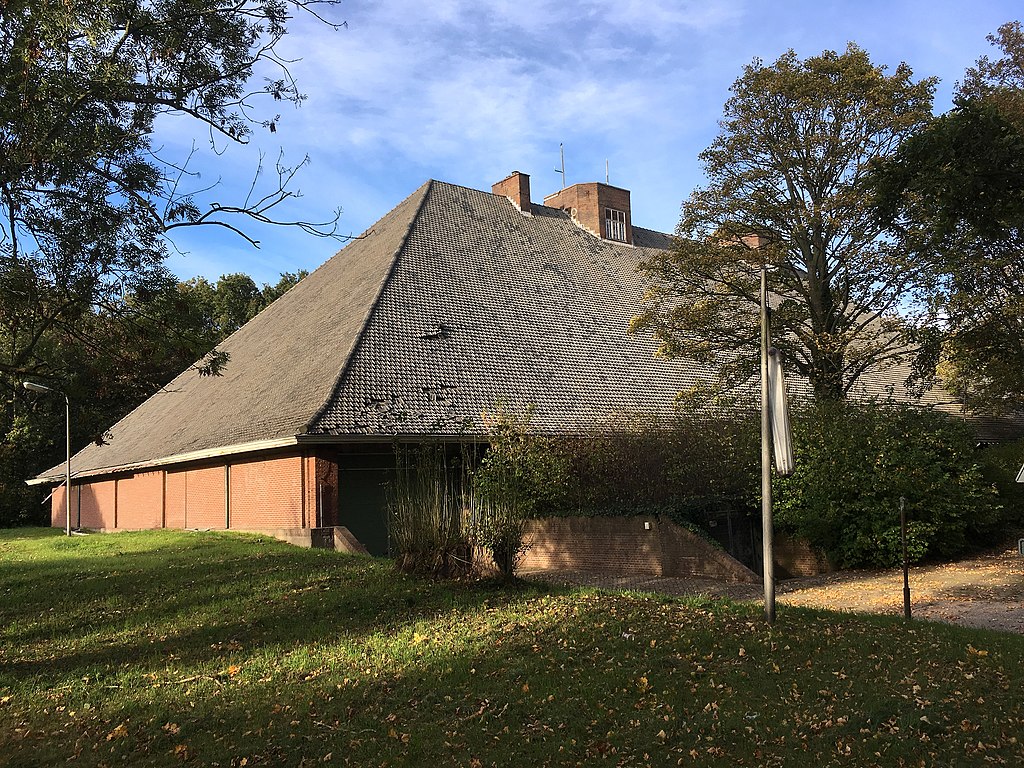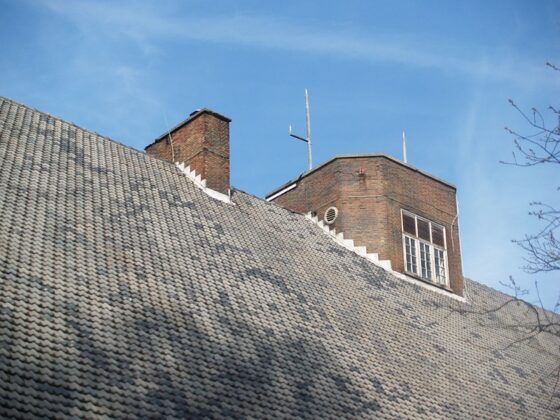Former Nazi bunker creates conundrum for Wassenaar
Brandon Hartley
Councillors in the wealthy town of Wassenaar and the organisation that manages the Dutch government’s real estate holdings, are struggling to decide what to do with an 80-year-old Nazi war bunker.
Local residents and the town’s historical society are worried the abandonned bunker, located in a secluded part of the Clingendael country estate, could be converted into a bed and breakfast, a nightclub, or even a pizzeria, now that is seems likely to come up for sale.
The bunker was commissioned in 1942 by Arthur Seyss-Inquart, the Reich Commissioner of the Netherlands who served as the highest-ranking Nazi in the country during World War II. He was later executed following his conviction at the Nuremberg Trials. The bunker is currently owned by the state property agency Rijksvastgoedbedrijf and they’ve been planning to sell it off for several years.
Originally designed to resemble a farm building in order to trick Allied forces, the bunker is located along one edge of the 17th century estate that served as a base of operations for Seyss-Inquart and his underlings. It was later renamed ‘Commandopost Clingendael’ and used by the Dutch government as a communications facility and crisis centre during the Cold War.
A restoration took place between 2019 and 2020, but the building has been mostly empty for decades and unused entirely since 2013. The decision to sell it was made a few years later.
“The bunker was classified as surplus real estate by the ministry of defense,” Loek Houtepen, a Rijksvastgoedbedrijf spokesman, told Dutch News. “If there is no interest in surplus real estate within the government, the Rijkvastgoedbedrijf is legally obliged to sell it.”

Last April officials held an open house to discuss their plans to sell with local residents. Many of them agreed the bunker had been sitting vacant for too long but said they were worried about what might happen to the surrounding neighbourhood’s tranquillity and traffic levels if it were converted into a business or torn down to clear the way for additional housing.
The bunker contains a bedroom, a large kitchen, thick iron doors, an office, and two ‘chimneys’ to conceal anti-aircraft guns. The spartan and concrete interior renders it logistically unsuitable for most business purposes. It’s unclear whether or not the Rijksvastgoedbedrijf has received any inquiries yet, but the building’s dark history and objections from historical and Jewish groups have further complicated matters.
Among others, Stichting WO2 Sporen, a local World War II historical society, has spoken out against a potential sale. They hope the bunker will be transferred to a heritage organisation and sent an open letter to parliament last October urging them to intervene.
“We believe the bunker should be designated as a memorial centre to explain its role during World War II and Cold War,” one portion of the letter says. “Research has shown that young people’s knowledge of World War II is waning and anti-Semitism is increasing.
The right buyer
Nearly a year later, the debate continues and city officials discussed the situation again during a meeting on January 15. They can guide the process by forming a selection committee, utilising zoning laws, and providing a list of ‘desirable’ owners. The Rijksvastgoedbedrijf has additional guidelines.

Wattman via Flickr
“Interested parties must be able to demonstrate they have experience with projects of similar complexity, nature, and size,” Houtepen said. “They must also give their vision on the redevelopment of the complex, which fits well with the established frameworks. This excludes functions such as event location and catering facilities that attract lots of traffic or are open at night.”
But Marian van Rossem, chairwoman of the historical group Oud Wassenaar, is still worried. “There will always be loopholes in the list, as well as new applications that could not be foreseen,” she told the Leidsch Dagblad.
Her group and political parties including D66 and Lokaal Wassenaar hope the organisation will turn the bunker into a museum or memorial centre.
Town council member Henri van Smirren is concerned a museum could cause problems as well. “We would want to keep a museum modest and small-scale,” he said. “We don’t want coaches with screaming schoolchildren.”
A potential sale will be voted on by Wassenaar’s city council on 30 January. Once that’s settled, the sale will officially begin, although the asking price has yet to be determined.
“The Rijksvastgoedbedrijf does not express an expectation of a possible sales price, because this could unintentionally and undesirably influence the bidding process,” Houtepen said.
Thank you for donating to DutchNews.nl.
We could not provide the Dutch News service, and keep it free of charge, without the generous support of our readers. Your donations allow us to report on issues you tell us matter, and provide you with a summary of the most important Dutch news each day.
Make a donation